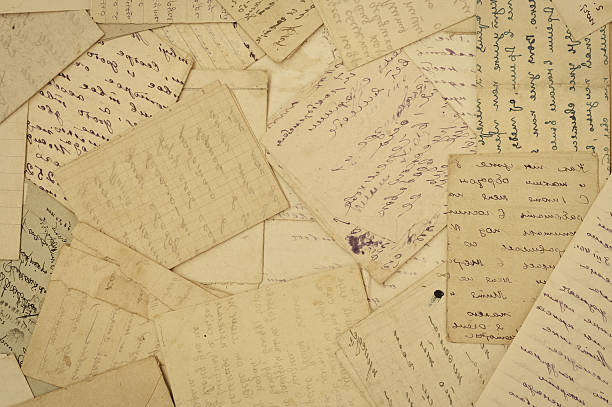
Handwritten texture has become an influential element in modern design, celebrated for adding warmth, personality, and authenticity to various creative projects. In a world increasingly dominated by digital aesthetics, handwritten texture brings a refreshing, human touch to design, allowing designers to create memorable and engaging visuals. This article delves into the significance, uses, and impact of handwritten texture and offers insight into how it enhances design across different mediums.
Why Handwritten Texture Is Popular in Design
Handwritten texture offers a distinct and captivating quality that stands apart from traditional digital fonts and graphics. It conveys personality, making designs feel more personal and approachable. Handwritten texture is versatile and adaptable, fitting seamlessly into both digital and physical design formats. This unique appeal is why handwritten texture is widely used in branding, advertising, social media graphics, packaging, and web design. The sense of originality and individuality it brings makes it a favorite choice for artists, designers, and businesses aiming to connect with audiences on an emotional level.
The resurgence of handwritten texture can also be seen as a response to the polished and sometimes impersonal feel of modern design. By using elements that mimic natural handwriting, designers can evoke a sense of authenticity and sincerity, adding depth and character to their work. Handwritten texture can vary widely, from delicate and elegant strokes to rough, expressive lines, offering designers a range of styles to suit different moods and themes.
How Handwritten Texture Enhances Branding
In branding, handwritten texture has become an effective way to build a distinctive and memorable identity. By incorporating handwritten texture into logos, business cards, and other brand materials, businesses can create an impression that feels genuine and unique. This style resonates well with audiences who value authenticity and originality, making handwritten texture a powerful tool for brands that aim to communicate transparency and warmth.
Handwritten texture is especially popular among brands that want to convey a handmade or artisanal quality. The organic and imperfect nature of handwritten texture helps brands tell a story of craftsmanship and care. This visual approach can create an emotional connection with customers, as it often invokes nostalgia or a personal touch that reminds people of hand-written notes, drawings, or other creative expressions.
Using Handwritten Texture in Digital Media
Handwritten texture is not limited to physical designs; it has a significant presence in digital media as well. Social media platforms, websites, and digital advertisements frequently feature handwritten texture to grab attention and add character to their visuals. With its versatility, handwritten texture can work across various digital platforms, enhancing everything from website headers to social media posts.
In web design, handwritten texture can add a layer of visual interest without overwhelming the user experience. Elements like handwritten headlines, buttons, or accent details can subtly guide the viewer's attention, creating a more engaging and interactive feel. Social media graphics, meanwhile, benefit from handwritten texture's ability to break through the usual stream of digital content, capturing viewers’ attention with its inviting and personal style.
Handwritten Texture in Artistic and Creative Projects
Handwritten texture has become a favorite medium for artists and illustrators as it offers them the freedom to express unique styles. The natural flow and variation in line thickness, spacing, and imperfections make handwritten texture an ideal choice for creating expressive and dynamic compositions. Whether it’s for book covers, posters, invitations, or personal projects, handwritten texture adds a layer of creativity and individuality that enhances the overall visual experience.
Moreover, handwritten texture allows artists to convey emotion more effectively than uniform digital fonts. It adds layers of meaning and depth to artwork, allowing artists to communicate subtleties that resonate with viewers. By experimenting with different strokes, styles, and brush effects, artists can create truly one-of-a-kind visuals that stand out and leave a lasting impression.
Handwritten texture is a powerful design element that brings authenticity, emotion, and creativity to a wide range of projects. From branding and digital media to artistic expression, it offers a unique visual language that resonates with audiences on a personal level. As more designers and artists seek to break away from the polished uniformity of digital design, handwritten texture provides an opportunity to reconnect with the tactile and expressive nature of handmade art. Embracing handwritten texture in design not only enhances the aesthetic appeal of a project but also creates a meaningful connection between the creator and the viewer.